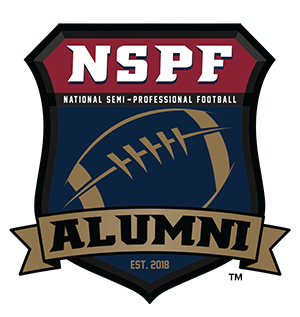A Colorful History
It may be hard to believe today that football was once a relatively minor sport in The United States. Super Bowls are now watched by audiences measured in the tens of millions, but the first pro football games were attended by just a few thousand spectators. This meant that playing football simply did not pay well enough to support a family, which is why most of the early players also held down regular jobs. Semi-professional football became far more popular in the 1930s, and two stadiums became intertwined with the development of the game.


Gilmore Stadium
Gilmore Stadium was built in 1934 on land that is now the site of the CBS Television City. Located near Park La Brea in Los Angeles, Gilmore Stadium could accommodate 18,000 spectators and was best known as the home of the Los Angeles Bulldogs. The Bulldogs were the earliest professional football team in Los Angeles, and they won their first championship in 1937 with an unblemished 8-0 record. This was the first perfect season in pro football history, but it was not enough to save the floundering second American Football League.
The Bulldogs soon joined the new Pacific Coast Professional Football League, which quickly became known as the third American Football League. They continued to play in Gilmore Stadium until 1948. The Bulldogs tried to join the NFL in 1937, but the league chose to admit Cleveland instead. In 1938 while playing as an independent team, the Bulldogs had a 2-1-2 record against NFL squads. The Bulldogs folded in 1948 after the Los Angeles Rams joined the NFL and their crowds shrunk dramatically.
The Bulldogs took a local approach when looking for talent, and many of their best players were former UCLA Bruins. The most famous of these local discoveries was Jackie Robinson, who is better known as the man who broke professional baseball’s color barrier. Robinson played for the Bulldogs in 1941. The NFL had a color barrier of its own between 1934 and 1946, which is why talented Black players like Woody Strode and Kenny Washington played in the PCPFL. Other notable Bulldogs include running back Bill Howard, who led the league in scoring several times, quarterback Frankie Alpert and tailback Dean McAdams.


Laidley Field
Laidley Field in Charleston, West Virginia, was redeveloped in 1979 and is now used by the University of Charleston, but it was once home of one of semi-professional football’s most glamorous trams. The Charleston Rockets won a championship and division title while playing at Laidley field between 1964 and 1969. The Rockets were a founding member of the United Football League before being awarded a charter franchise by the Continental Football League in 1965. The Rockets won their title in 1965. After posting an unbeaten 14-0 record during the regular season, the Rockets squad went on to defeat the Toronto Rifles 24-7 in the title game.
During its four years of operation, the Continental Football League discovered and developed talent that would later go on to revolutionize the NFL. Former CFL players and coaches now in the NFL Hall of Fame include Bill Walsh, Ken Stabler, Steve Van Buren and Doak Walker. While not yet enshrined in Canton, Otis Sistrunk, Sam Wyche, Garo Yepremian and Bob Kuechenberg also enjoyed NFL stardom after first playing in the CFL.
The fans who showed up to watch the Rockets at Laidley Field watched their heroes play against opposition that included the Brooklyn Dodgers, Orlando Panthers and Montreal Beavers. Matchups like these did not excite television executives, and the league was paid only $500 by ABC Sports to cover its first championship game. Today, a single 30-second commercial during the Super Bowl costs more than $5 million.

